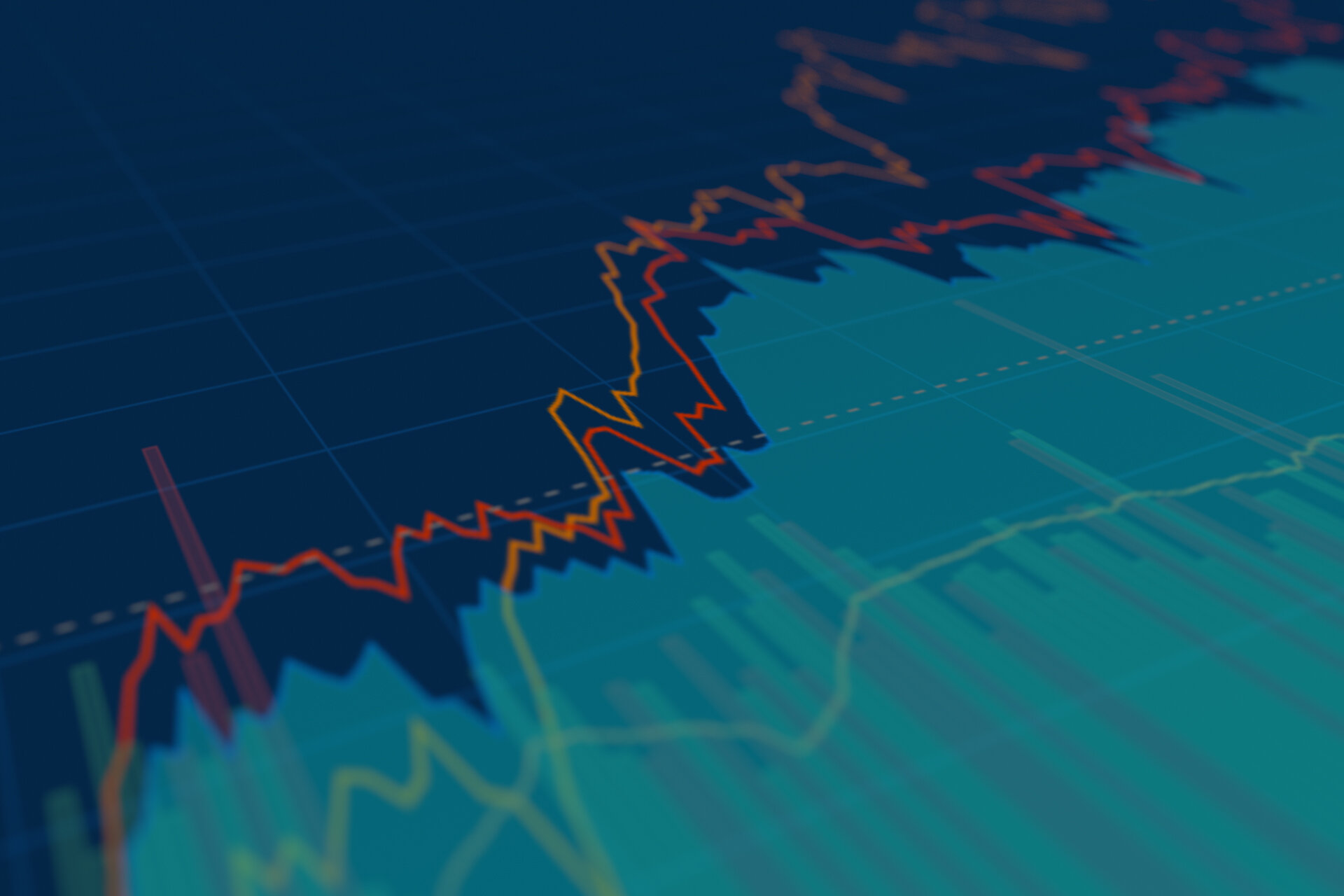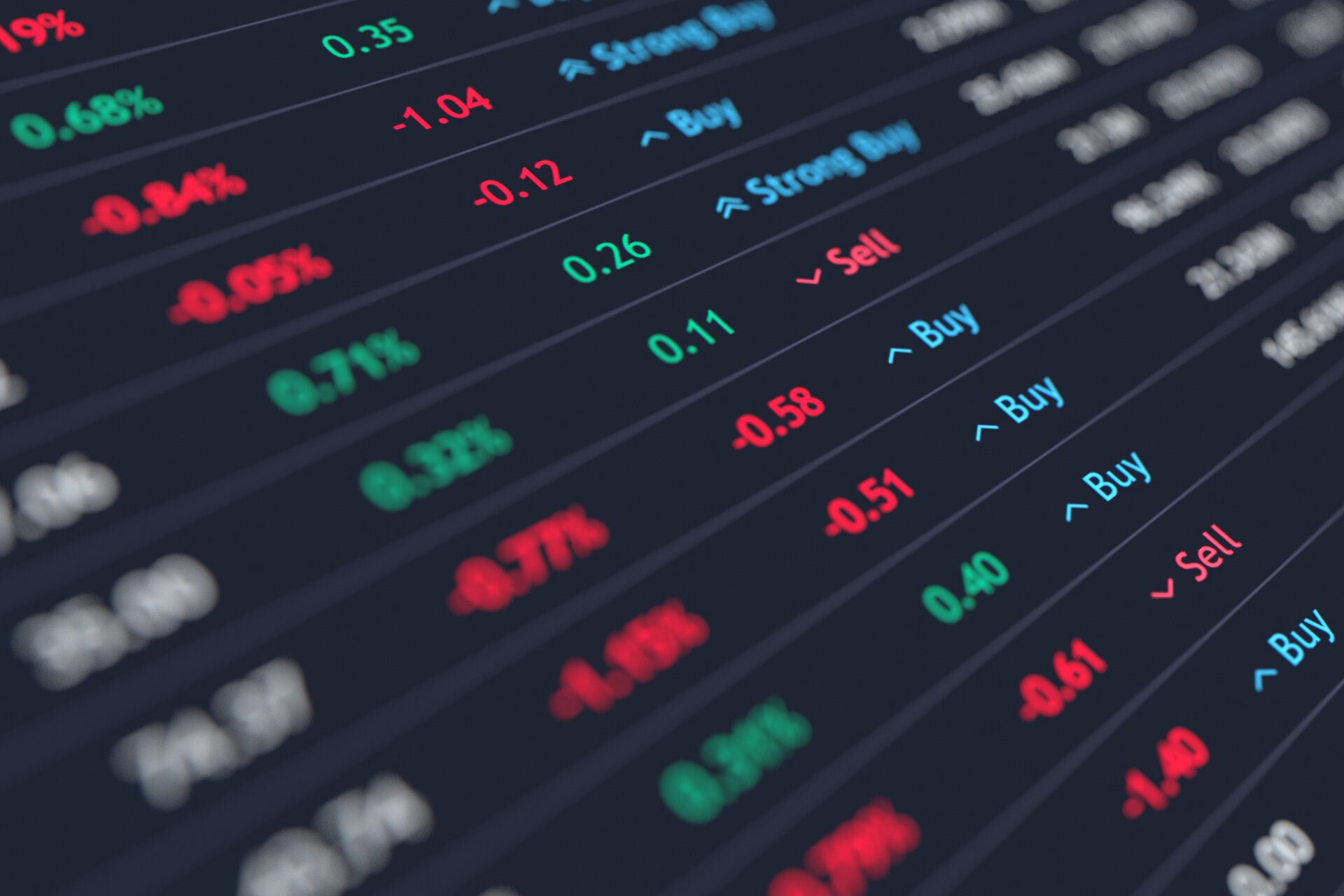How can we protect ourselves from risks in the stock market?
The stock markets, where trading activities take place, attract great attention all over the world. As individuals, institutions and businesses, we seek to make a profit by making short- or long-term investments. You can trade the stock market 24/7. Of course, there is no constant profit in the stock market. There can be big gains with small amounts, but losses can also be incurred. The stock market is highly volatile. It's impossible to predict exactly what will happen when. To avoid stock market risks, you need to know every detail of the market. There are various risk groups in the stock market. Knowing how to read charts helps to prevent or predict these risks in the stock market.
The most significant thing in the stock market is stock market risk analysis. Most investors can avoid losses by doing the right stock market risk analysis. Money is as easily lost in the stock market as it is easily earned. If you want to be profitable in the stock market without risking your money, you need to know every term and characteristic of the stock market. With good risk management, you can prevent all kinds of dangers or leave the stock market without loss. So what is the risk in the stock market?
Is the stock market risky?
Organized markets where securities such as stocks and government bonds, commodities, foreign currencies, futures, options contracts are traded, offered to the public, and where these commodities are bought and sold securely are called stock markets. If you want to trade the stock market as an investor, you need to master the market. The stock market is both a risky and a risk-free market. It's so easy to make a profit by investing a small amount in the stock market. If you, as an investor, don't do your risk analysis well and correctly, you can suffer serious damage and even lose a lot in the process. You can create a portfolio to manage stock market risk and prevent possible dangers. Market monitoring should be done to track sudden changes in prices and to predict possible dangers. Risk management can be done with stock market charts and stock market analysis. If all steps are followed correctly, the stock market is not risky for investors.
What are the stock market risk groups?
There are risk groups in the stock market. The first risk groups that come to mind are transaction risk and price risk. The stock market is not a platform to be taken lightly. If you are new to this market and don't know the transaction you are making, you will have serious problems. The stock market is not a platform to be left to chance. Every action has a consequence. When investing in the stock market, you need to do a good price analysis. Every step should be done consciously, as you do not receive any physical assets or documents in online transactions in the stock market. Sudden fluctuations in the stock market create price risks. It is helpful to know in advance the direction of these fluctuations and the things that cause the fluctuations.
How can we protect ourselves from stock market risks?
To protect yourself from stock market risks, learn about investing tools, get stock market education before you trade, determine strategies for the trade you will be making, and set up an investment group.
As Alb Forex, we aim to provide you with the best service. Follow us to learn more about Forex trading and take advantage of our current services.














